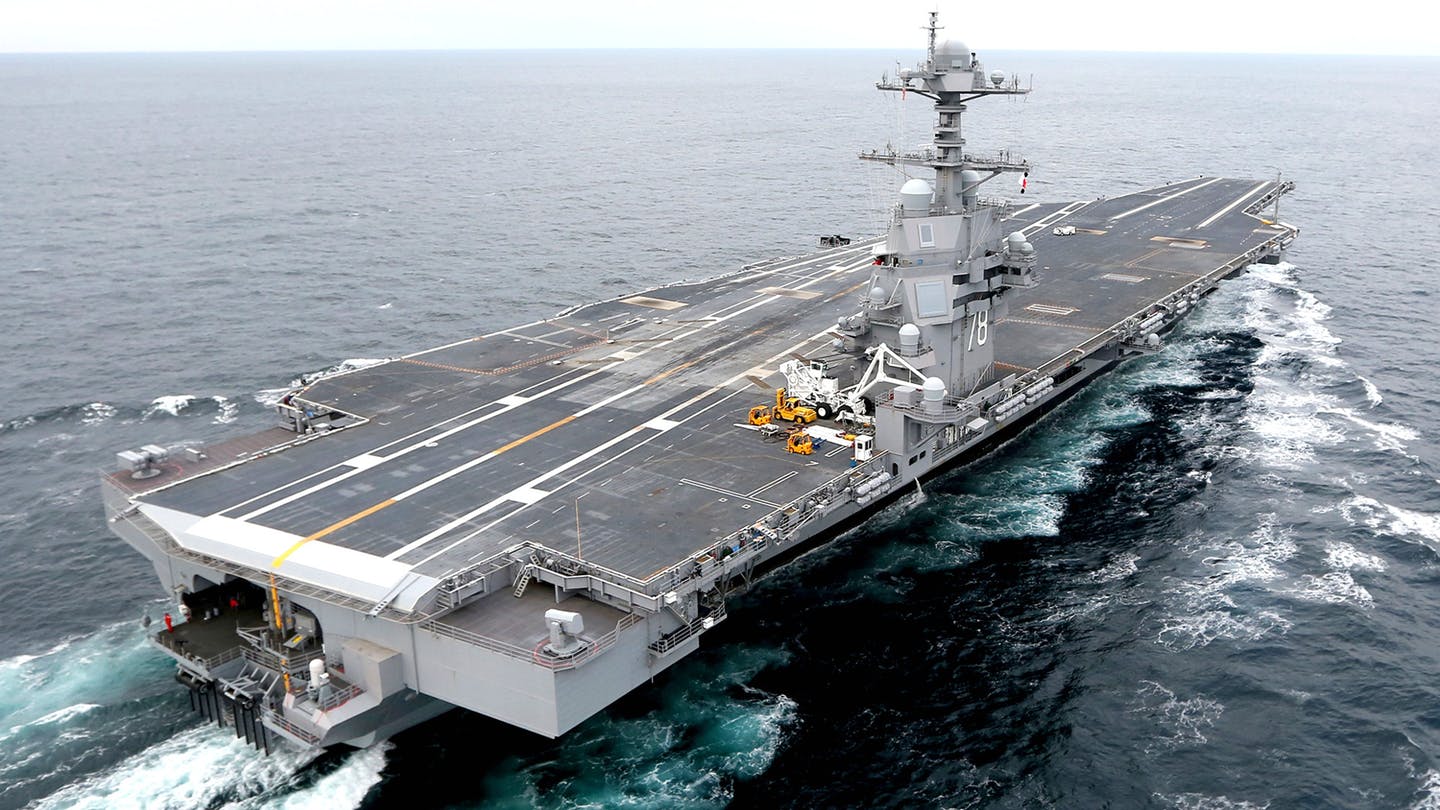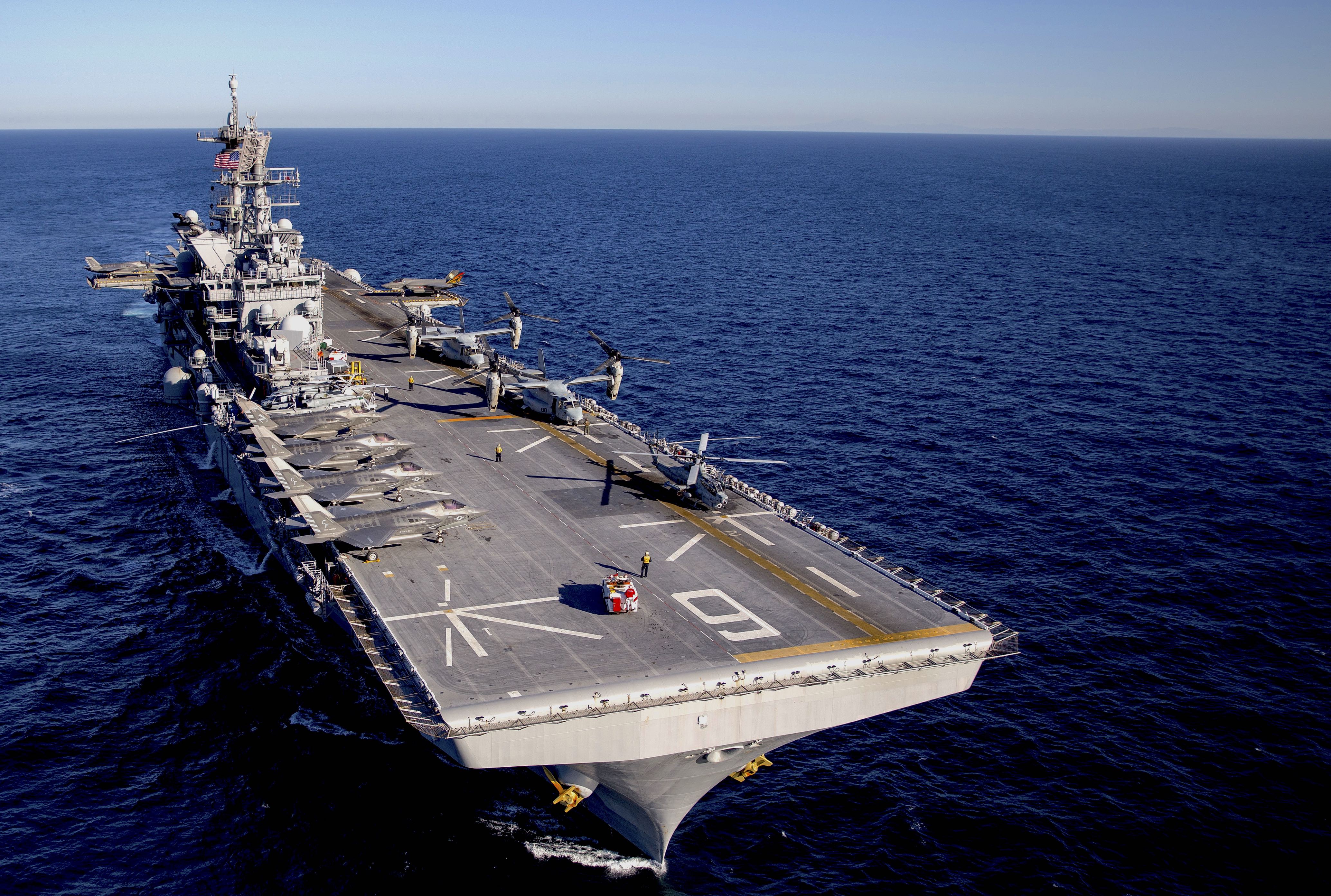If you have new aircraft that can't use a steam cat because they are too delicate. Then they have no damn place on a carrier. Naval Aircraft need to be rugged. Not dainty like Air Force Fighters.
Is that lie still going around again? The main reason for EMALS is the speed of deployment, as it simply needs to charge capacitors instead of steam pressure, it is also smoother allowing for better combat loads and less time in maintenance. The new arrestor gear is for the more massive F-35s. The SPY-3 is something of a flop, but then again you don't know what is a flop unless you go in and try it.
People forget the entire
Enterprise debacle, where they canceled the entire class outside of the
Enterprise and within a decade, they went forward with the
Nimitz class (which got slowed down via the Polaris SLBM program eating the budget.
Less capable than what for what? You have to define a mission before you can judge effectiveness and the argument made is that any new smaller ship would be operating a different mission.
I'l also point out that 'small' is relative, we're still talking 60k tons which is equal to the new UK ships or the older Forrestal class which were perfectly serviceable fleet carriers and performed well in 'Nam and Iraq.
There's also the matter of technology grinding ever forward allowing weight and crew figures to be reduced therefore giving a smaller ship, better aircraft and munitions allowing smaller airgroups, and of course money

Most Carriers today don't field more than 70 planes despite being built for about 90 because they don't need to, they've been able to ditch the pure fighters and dedicated bombers because multi tole aircraft do both jobs now, and will for the future. Good old F-18s do everything, if you could strap people to the pylons they'd replace cargo birds too

So I'd say it's a question of what you want to do, Midway and the Forrestals served very happily and effectively alongside Nimitz class ships for the entire Cold War, in the case of the Forrestal class with similar sized air wings. If you are looking for a ship to enforce low level combat you don't need a vessel with an airwing superior to entire continent, its just burning money

Your benefit for big ships is in fuel assuming nuclear (Though even that has the counter of still needing refuelling) and tempo. But even then unless you are talking about war with Russia or China its questionable whether you need that level.
The Midways and Forrestals were only retained because the USN had no other choice back when the Enterprise-class of CVNs was canceled outside of the Enterprise and the Forrestals due to the slow buildup of Nimitz-class CVNs, and it is telling that they were sent to the scrap heap the moment the USN had a choice.
A
Nimitz can stay on-station for roughly two weeks before needing resupply. A smaller carrier is likely not to be able to have
a fraction of that independence.
You also forget that the USN did multiple studies about this, and it always went 'outside of the niche of LHAs and LHDs, a bigger carrier is better in every single way' and if it was possible, they would have done it ages ago. Even making a de Gaulle style carrier means you have 2/5ths the size of a
Ford, be
extremely lucky to have
2/5ths of the air wing, and will cost more than 2/5ths of the
Ford even after taking in the 'first in class' costs in. STVOL carriers will be incapable of using E-2s (which is
vitally important)... yeah, the deck gets real stacked when you factor in everything that a US carrier needs to be a carrier.
The
Nimitz has stored 11,000 tons of aviation fuel, the smaller conventional
JFKs had 6,000 tons of aviation fuel.
To put things into perspective, the last project of 'smaller' carriers -the CVV-1977- only displaced ~62,000 tons and only had... 2,700 tons of fuel.
The LHA-6, to put things into perspective,
only has a tenth of the magazine capacity of a Ford...
Oddly, square-cubed isn't that mean to carriers...
BIG FAT EDIT:
If you want a chart, here is one:
This is a comparison between several carriers and the LHA-6 (USS America) with the Ford-class CVN. Yeah, it gets
stupid when it comes in comparison. Just in munitions alone, it is almost four to five times the munitions capacity of smaller fleet carrier designs, has roughly two and a quarter to two and a half times the fuel bunker capacity, and roughly half again the aircraft capacity... with the vital E-2s... and all the while not being that much more than the
de Gaulle and
Queen Elizabeth in terms of cost.


 www.thedrive.com
www.thedrive.com






